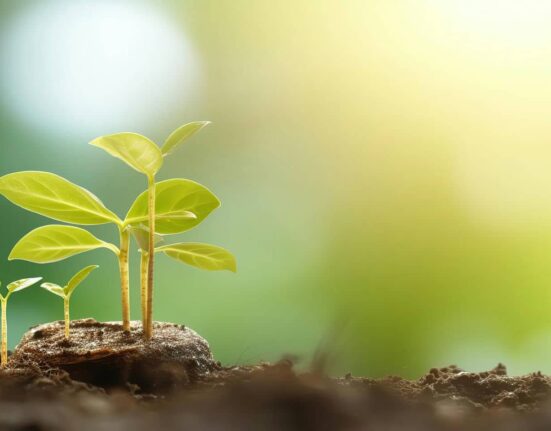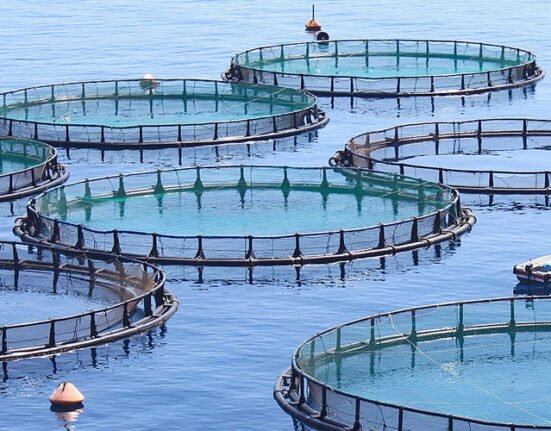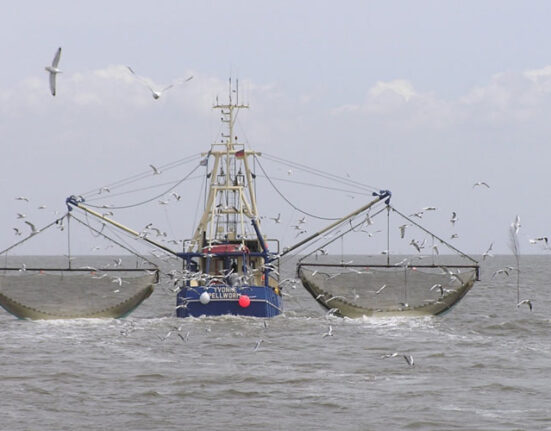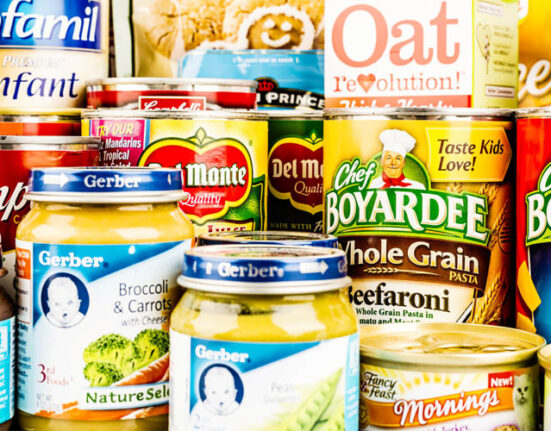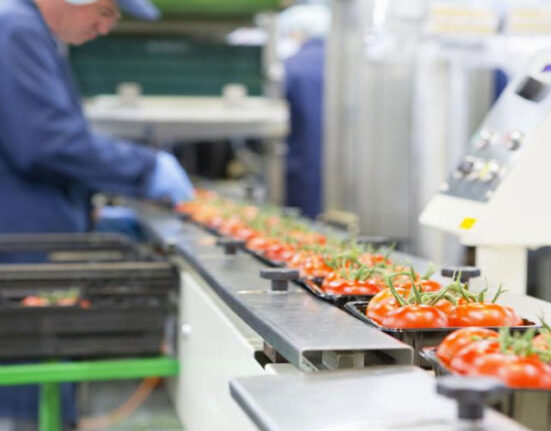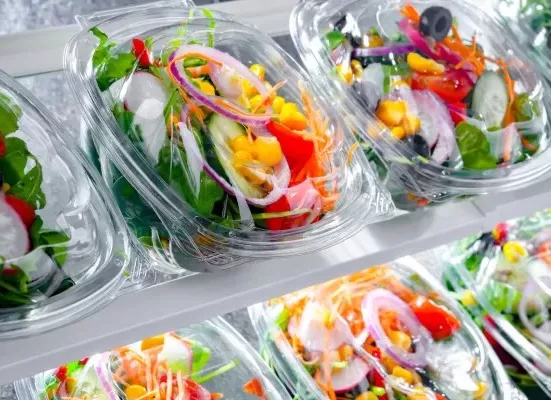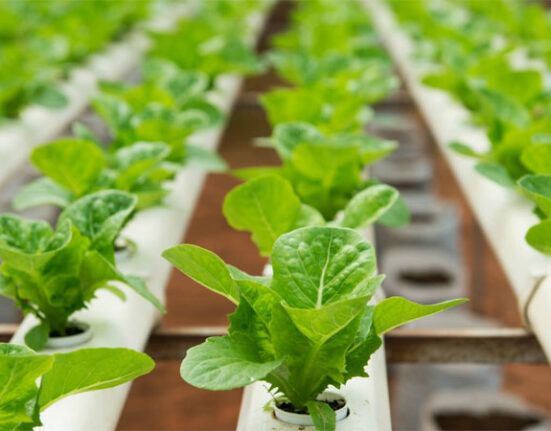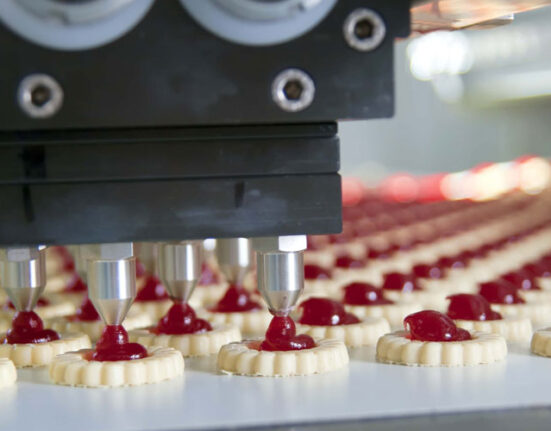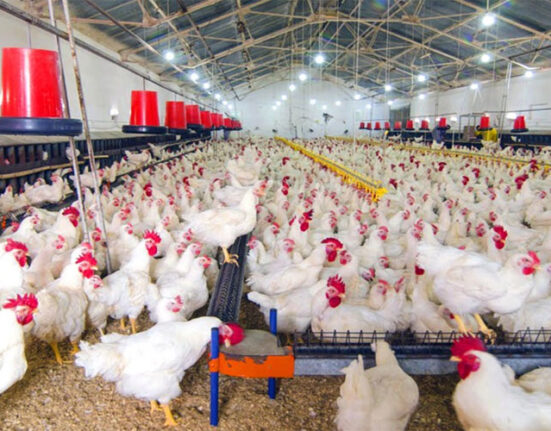- Government aims to increase seafood production from 77,000 to 600,000 metric tons by 2030
RIYADH: Aquaculture — the farming, harvesting and processing of marine products — is a focal point of Saudi Arabia’s Vision 2030 program, which seeks to transition the Kingdom away from oil toward a more diversified and entrepreneurial economy.
The Saudi government aims to increase seafood production from 77,000 to 600,000 metric tons by 2030. This endeavor, with a projected investment of $3.5 billion, will involve government ministries, private and institutional investors and entrepreneurs, along with leading academic institutions.
Chief among these academic bodies is King Abdullah University of Science and Technology, KAUST, the vast postgraduate research and teaching facility located 100 kilometers north of Jeddah on Saudi Arabia’s Red Sea coast.
No other academic organization has been so active in the development and promotion of aquaculture in the Kingdom — an effort that goes back at least two decades.
One of KAUST’s initial milestones in this area was a 2012 joint venture with the National Aquaculture Group, Naqua, to carry out a range of aquaculture-related research initiatives covering shrimp genomes, water management and diseases affecting marine life, among other topics. A business development division was also created to manage the execution of commercial projects targeting both local and international markets.


